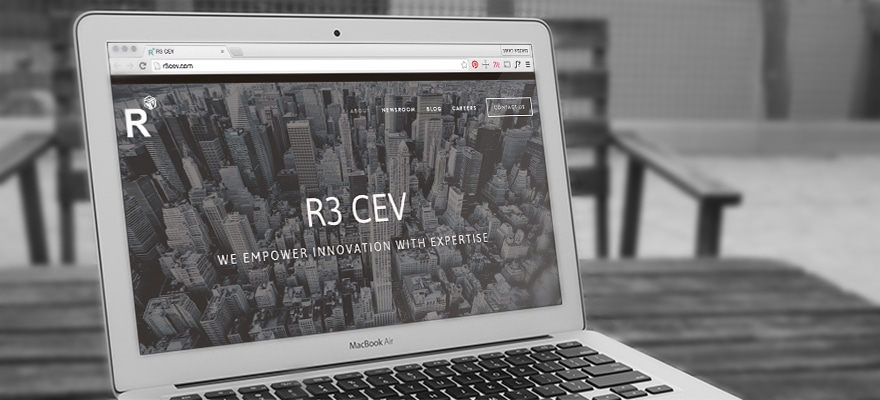Ethereum, the highly anticipated protocol envisioned to revolutionize the internet, has finally arrived.
The project began back in late 2013, crowdfunding $18 million along the way. Today, participants enjoyed witnessing the first fruits of their labor, the very first Ethereum Genesis block being generated and the first application of the project released.
Ethereum is touted by its creators as follows: "What bitcoin does for Payments , Ethereum does for anything that can be programmed." A promotional video released on occasion of the launch claims that the internet of the future will use Ethereum, "a planetary scale computer powered by Blockchain technology." It is envisioned to power tomorrow's Internet of Things (IoT), and is being employed in a number of related projects, including one by IBM.
Ethereum can be viewed roughly as a "Bitcoin 2.0" technology, although much wider in scope than most of its 2.0 counterparts, which usually cater to niche areas such as smart contracts.
The protocol is designed for developers, or even regular internet users, to create decentralized applications. The protocol's native token, "Ether", must be spent by users performing actions on the network, and can be earned by those contributing resources- analogous to the concept of mining bitcoin rewards.
Decentralization was taken very seriously in this project. The team took great pains to ensure that the script to generate and verify the Genesis Block was made available in a coordinated, yet decentralized manner. Stephen Tual wrote on the Ethereum blog in the final days before release:
"The argument needs to be a random parameter that no one, not even us, can predict. As you can imagine, there aren’t too many parameters in the world that match this criteria, but a good one is the hash of a future block on the Ethereum testnet. We had to pick a block number, but which one? 1,028,201 turns out to be both prime and palindromic, just the way we like it. So #1028201 is it."
What Can We Do with Ethereum?
Apparently, almost anything.
The first tool release of the project is called Frontier, designed for "building, testing, deploying and using decentralized applications on the Ethereum blockchain," according to the website.
The initial version is command line-only and intended for developers. The next release, 'Homestead', is expected in two to four months and will be a graphical user interface intended more for the masses.
The live environment means that real money (or at least its equivalent) is at stake. If you mess up, there is no customer service to help you get a refund. The website notes, "Exploring the Frontier presents vast opportunities, but also many dangers, and is not for everyone."
Frontier is capable of both simple and complex applications, such as the building of a crowdsale. "Using Ethereum you can create a contract that will hold contributor's money until any given date or goal is reached. Depending on the outcome, the funds will either be released to the project owners, or safely returned back to the contributors. All without requiring a centralized arbitrator, clearing house or having to trust anyone," according to the website.
It may be years before we experience the practical benefits of Ethereum-driven applications. And the road getting there may be more bumpy than currently presented, and we may discover that too much decentralization can introduce new problems. But the launch is a monumental milestone in laying the groundwork capable of yielding innovation of far greater magnitude than the early days of the internet.
















